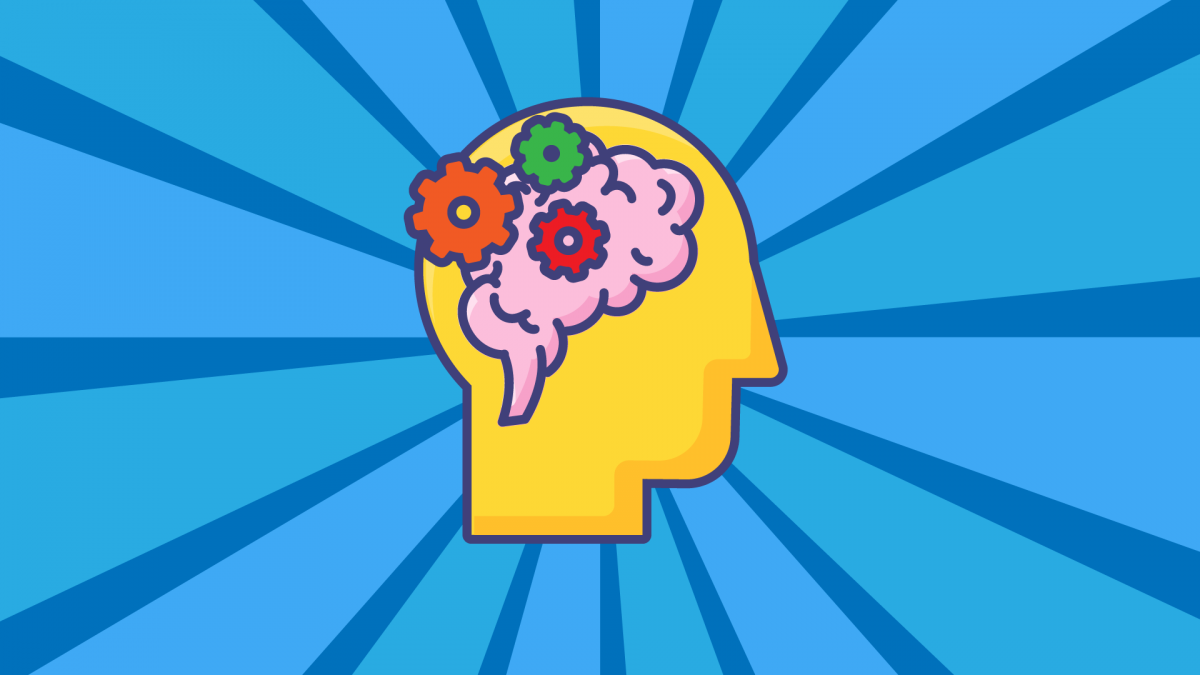
How Learning Changes as We Age
There are obvious advantages to being young — health, energy, stamina, flexibility, and being able to process and take action quickly are just a few. While some companies are bent on hiring younger adults, there are obvious advantages of hiring older employees. Wisdom, life experience, a broader perspective, and the tendency to process without rushing are common qualities found in the older population.
We face a crucial challenge as we bring on older personnel to consider how learning changes as we age. Incorporating an aging workforce into your employee training and development program is the right decision. However, being educated on how learning changes as we age will contribute to a successful training program for your entire team.
“Contrary to the adage that you can’t teach an old dog new tricks, there is growing evidence that we can and do learn throughout our lives. Neuroscientists are learning our brains remain relatively “plastic” as we age, meaning they’re able to reroute neural connections to adapt to new challenges and tasks.” (How the Brain Changes with Age, BrainFacts.org)
Brain Changes
The physical body changes as we age, and so does our brain.
- Parts of the brain shrink with age.
- Communication between particular brain regions may become slower.
- Blood flow in the brain may decrease, resulting in less oxygen.
- The formation of new neurons declines with age.
The previously quoted article from BrainFacts.org states that “Our brains undergo myriad changes during the aging process. However, scientists are learning every day how adopting a healthy lifestyle can delay or minimize the negative consequences of these changes.” The aging brain is not a lost cause.
Thinking Changes
As the brain ages, we may need extra processing time. Cognitive function may become a little slower, and decisions may take a bit longer. But this should be considered a positive. While it might take more time to process, the results of the extra time taken will have factored in a database of experience and knowledge that has accumulated over many years. Slow and steady can indeed win the race.
Memory Changes
An older brain’s working memory may be less flexible, but it can still learn. Aging adults can acquire new skills if they are willing, and easy-to-use training technology can help fill gaps. Don’t think that a graying workforce isn’t capable of learning and developing. Older adults are proving themselves to be technologically savvy – possibly more than we give them credit for.
“There is no period in life when the brain and its functions just hold steady. Some cognitive functions become weaker with age, while others actually improve.” (How Memory and Thinking
Ability Change with Age, Harvard Healthbeat)
Training an older workforce may take a bit of creativity and ingenuity, but the rewards will prove valuable. Training older workers will benefit individuals, employers, and society as a whole.
Contact us to discuss how we can help your organization train an age-diverse workforce.
Related Posts
Latest posts
Categories
- Advantages of an LMS (2)
- Community Involvement (1)
- Compliance Training (7)
- Conferences (1)
- Corporate eLearning (10)
- Customer Service (2)
- DEI (1)
- Diversity (1)
- eLearning Design & Development (10)
- eLearning Trends (12)
- Employee Engagement (7)
- Equity (1)
- ExxTend Learning Features & Updates (2)
- Fun (3)
- Inclusion (1)
- Instructional Design (3)
- Instructor-Led Training (2)
- Learning & Development (20)
- Learning Content (9)
- Learning Management System (12)
- LMS Best Practices (6)
- LMS Implementation (2)
- LMS Software (14)
- Motivation (7)
- News (1)
- Online Training (3)
- Photo (1)
- SaaS (1)
- Software as a Service (7)
- Training & Development (14)
- Uncategorized (1)





